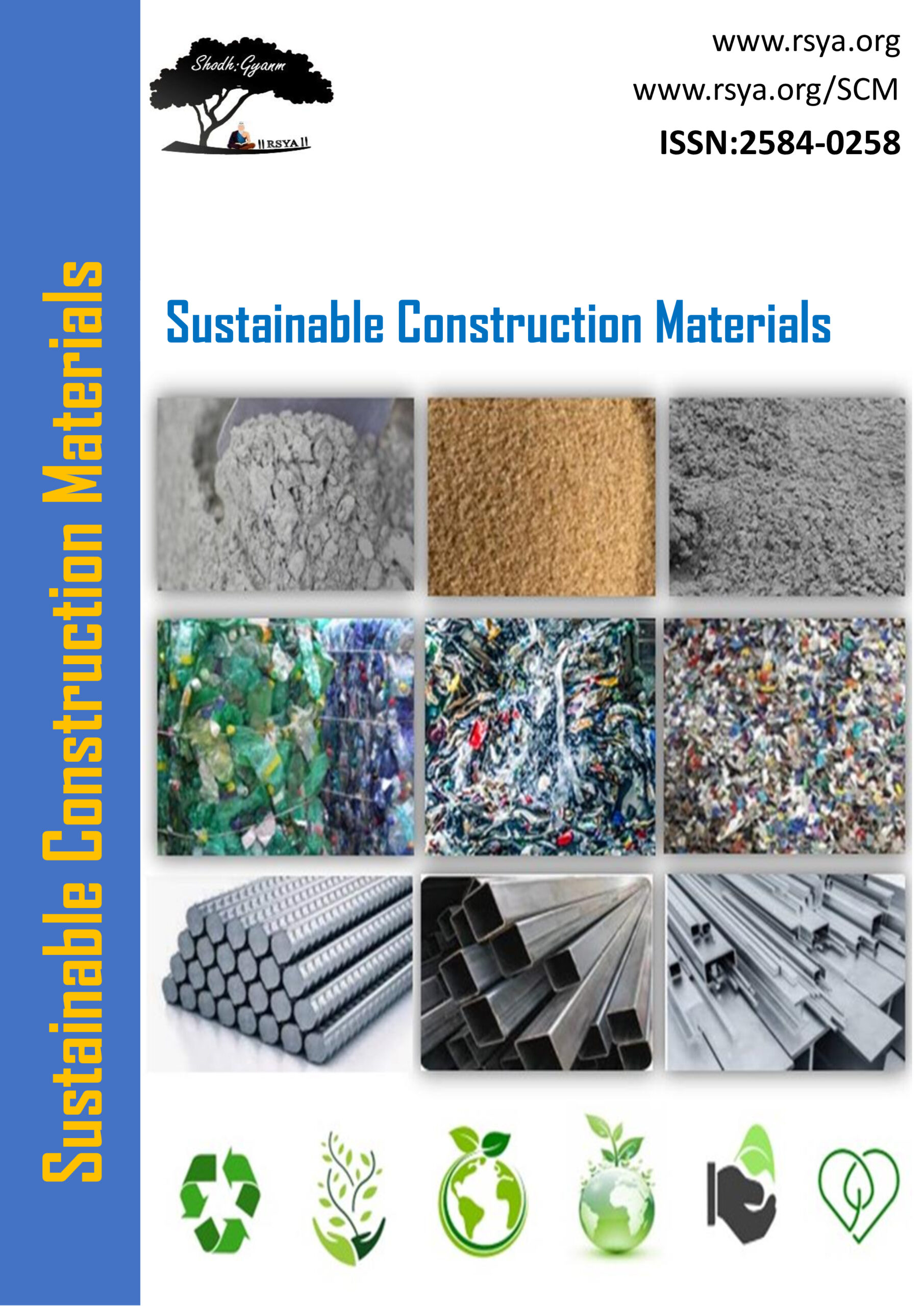
Civil Engineering, Construction Engineering & Management, Material Engineering
ISSN: 2584-0258 Open Access, Double Blind Review
Abstract and Indexing: Road, Google Scholar
Under Review: Scopus(Applied), UGC-Care(Applied), WoS (Applied)
Research Article
Olivia Martin, Louise Berckmans
Vol 3 Issue 2, Pages 20 - 26
Abstract- Concrete has been a crucial component in the construction sector for numerous decades. Cement, fine aggregate, and coarse aggregate are essential components in the manufacturing process of concrete. Cement serves as a cohesive substance in concrete, and the use of this binding element results in a higher emission of carbon dioxide (CO2). In order to reduce carbon emissions, cement is partially replaced by industrial waste materials like fly ash (FACF) and ground granulated blast furnace slag (GGBS), which possess pozzolanic characteristics. The objective of this study is to assess the compressive, tensile, and flexural strength of conventional concrete when fly ash and GGBS are used as partial replacements for cement in three different ratios. The effect of adding 0.5 percent glass fibres to the cementitious material in the proposed mixes was examined. The concrete’s output was quantified by analysing cast specimens at intervals of 7, 28, 56, and 90 days. Ultimately, throughout the testing phase, it was determined that a combination of 25% GGBS and fly ash yielded the most optimal outcomes.
